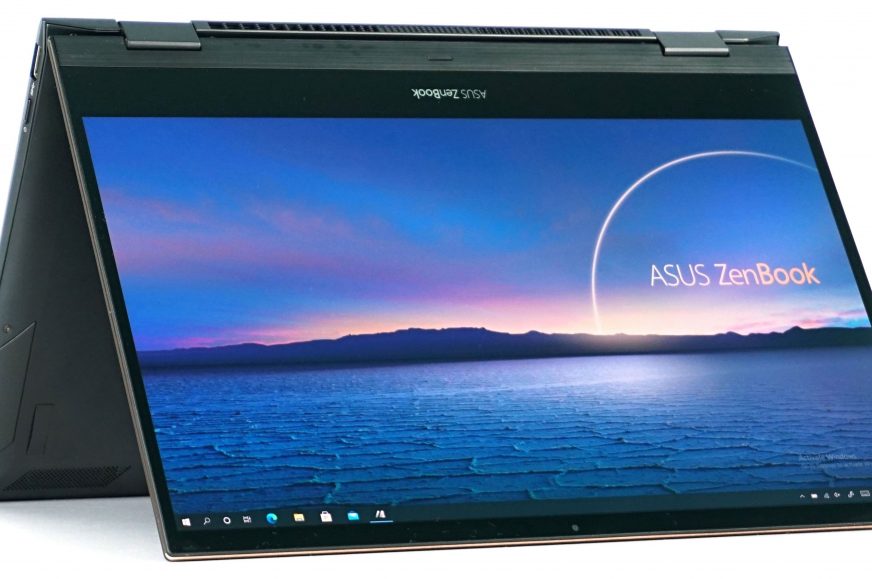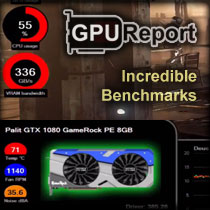Rendering and Geekbench
This year is packed with technological innovations and laptops are an area where it’s all happening. In addition, Intel is under a lot of pressure, which was reflected in the relatively fast release of the new gen of Tiger Lake processors, and the first novelty from Asus has already reached our editorial office. What is the new ZenBook Flip S like and is the 11th gen of Intel Core even sensible compared to the 10th gen in the recently tested ZenBook 14?
Rendering, Geekbench
The Tiger Lake i7-1165G7 is a hot new product, which we will compare with the predecessor i7-1065G7 but also AMD Renoir 4700U.
Let’s start traditionally with Cinebench for a glance at raw performance of the processor. In R15 you can see a very good SC score, which is 8–11% better than in the 10th generation in Dell and ZenBook 14. In single-core, it also beats Renoir in Swift 3 by 10%. Multi-core no longer shows such great results. The Flip S was placed between the ZenBook 14 with a 13% lead and the XPS with an 8% loss. It loses significantly against Acer in multi-core, by up to 40%. The newer version of R20 still shows higher single-core performance compared to the i7-1065G7, but this time only by 3–5%. On the contrary, the 4700U matched the loss and even led by 1%. Multi-core shows similar results as in the older version of the test, i.e. 9% lead over the ZenBook 14, 24% loss against Dell and up to 73% loss against Acer with Renoir.
A practical test in Blender shows only a minimal difference between the new Flip S and the ZenBook 14 with the last gen processor, about half a minute. Apparently, again, it will be a matter of performance throttling during a longer load, as we saw with its sibling. The XPS is 62% faster in this test and Acer even by more than a half. We see a similar scenario in POV-Ray, where the Flip S beats the ZenBook 14 by 6%, but loses by 35% against Dell and by up to 95% against the Swift.
Geekbench tests are shorter than Blender and POV-Ray ones, the differences between the Flip S performance and its competition are at the level of ± 10–20% in single-core and multi-core tests, which we have already seen in Cinebench. In Geekbench, we are therefore more interested in Compute tests, which will show us the first shot of the new Iris Xe graphics performance. We see that compared to Iris Plus in the 10th generation, the increase is somewhere around 40–60%, compared to the 4700U and Vega 7 about 30–40% and the novelty beats the 4900HS with Vega 8 by 14%. It definitely looks interesting, we’ll see what results we’ll get in gaming tests.
- Contents
- Specs and details
- Testing methodology
- Display tests
- Rendering and Geekbench
- 3D/PCMark and Unigine Heaven/Superposition
- Gaming tests – integrated graphics
- Encryption, encoding
- Memory and storage tests
- Heating and battery life
- Clock, power draw and temperature analysis
- Utility app
- Rating












very clear and good article easy to understand. Thank you